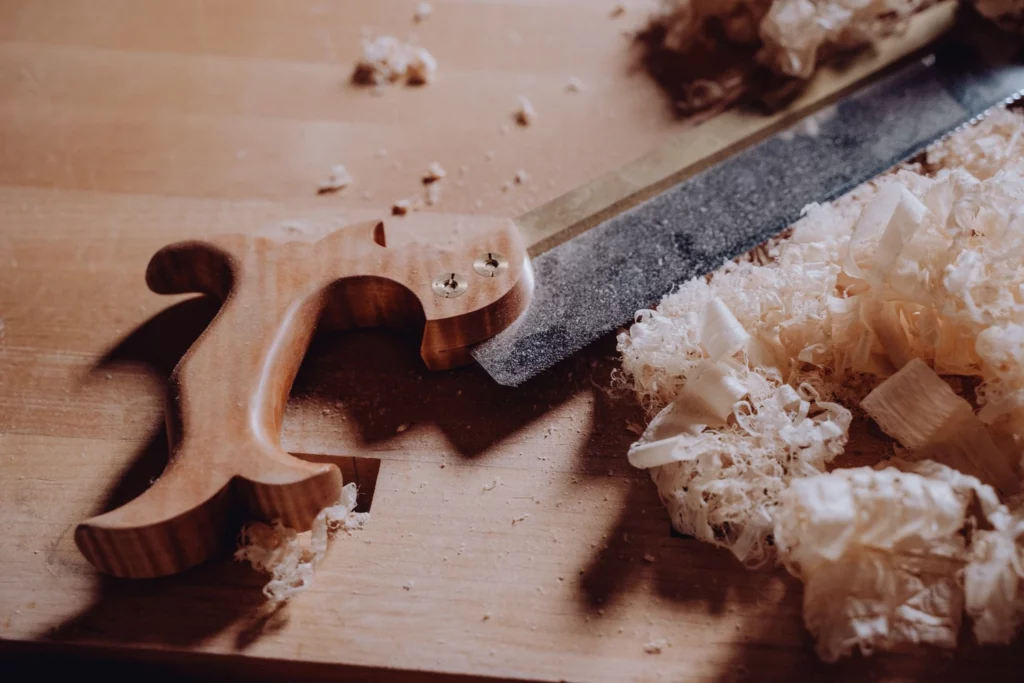Decoding the Best Sand Paper for Your Needs: Handy Tips and Tricks
Sandpaper is a versatile tool that is used in various industries and DIY projects. Whether you are sanding wood, metal, or even glass, choosing the right sandpaper can make a significant difference in the quality of your work. With so many options available in the market, it can be overwhelming to determine which sandpaper is best suited for your specific needs. In this article, we will decode the best sandpaper for your needs and provide you with handy tips and tricks to ensure a successful sanding experience.
Understanding Grit and Abrasive Materials
When it comes to sandpaper, the first thing you need to understand is the concept of grit. Grit refers to the coarseness or fineness of the abrasive particles on the sandpaper. The higher the grit number, the finer the particles and the smoother the finish. Conversely, lower grit numbers indicate coarser particles and are suitable for rough sanding.
There are various abrasive materials used in sandpaper, each with its own unique properties. Some common types of abrasive materials include:
- Silicon Carbide: This abrasive material is ideal for sanding metals, plastics, and ceramics. It is known for its fast cutting action and ability to produce a smooth finish.
- Aluminum Oxide: Aluminum oxide is a versatile abrasive material that can be used for sanding wood, metal, and painted surfaces. It is durable and provides excellent results.
- Garnet: Garnet sandpaper is commonly used for woodworking projects. It is less aggressive than silicon carbide or aluminum oxide, making it suitable for delicate surfaces.
Choosing the Right Sandpaper for Different Materials
Now that you understand the basics of grit and abrasive materials, let’s explore how to choose the right sandpaper for different materials:
Wood
When sanding wood, it is important to start with a coarse grit sandpaper to remove any rough surfaces or imperfections. A grit range of 60 to 80 is suitable for initial sanding. As you progress, gradually move to finer grits such as 120, 180, and 220 to achieve a smooth finish. For final sanding, you can use an ultra-fine grit sandpaper like 320 or 400.
Metal
When sanding metal, it is crucial to use sandpaper specifically designed for metal surfaces. Silicon carbide sandpaper is an excellent choice for metal sanding as it is durable and can withstand the heat generated during the sanding process. Start with a coarse grit like 80 or 100 to remove any rust or paint. Gradually move to finer grits like 220 or 320 for a polished finish.
Glass
Sanding glass requires a different approach compared to wood or metal. Wet dry sandpaper is recommended for glass sanding as it prevents the glass from cracking or shattering. Start with a coarse grit like 80 or 120 to remove any scratches or imperfections. Gradually move to finer grits like 320 or 400 for a smooth and polished finish.
Types of Sandpaper
In addition to different grits and abrasive materials, sandpaper is available in various forms to suit different sanding needs. Some common types of sandpaper include:
Sandpaper Sheets
Sandpaper sheets are the most common and versatile form of sandpaper. They are available in various sizes and grits, making them suitable for a wide range of applications. Sandpaper sheets can be easily cut into smaller pieces for hand sanding or used with a sanding block for larger surfaces.
Sanding Blocks
Sanding blocks are used to hold sandpaper securely and provide a flat surface for sanding. They come in different shapes and sizes to suit different sanding needs. Sanding blocks are particularly useful for sanding flat surfaces and edges.
Sandpaper Rolls
Sandpaper rolls are convenient for sanding large areas or for use with power sanders. They can be easily cut to the desired length and attached to a sanding tool. Sandpaper rolls are available in various grits and are suitable for both rough and fine sanding.
Sandpaper Discs
Sandpaper discs are designed for use with power sanders such as orbital sanders. They come in different sizes and grits and can be easily attached to the sander. Sandpaper discs are ideal for sanding large surfaces quickly and efficiently.
Tips and Tricks for Successful Sanding
Now that you have a better understanding of sandpaper and its different types, here are some tips and tricks to ensure a successful sanding experience:
- Always wear protective gear such as safety goggles and a dust mask to protect yourself from flying debris and dust particles.
- Start with a coarse grit sandpaper and gradually move to finer grits for a smooth finish.
- Use a sanding block or sanding sponge for even pressure and better control.
- Keep the sandpaper clean by periodically tapping it against a hard surface or using a sandpaper cleaning stick.
- For better results, sand in the direction of the grain for wood and in a circular motion for metal.
- Use water or a lubricant when sanding glass to prevent overheating and cracking.
- Regularly inspect the sandpaper for wear and replace it when necessary to maintain optimal performance.
Conclusion
Choosing the right sandpaper is essential for achieving the desired results in your sanding projects. By understanding the concept of grit and abrasive materials, as well as considering the specific needs of different materials, you can select the best sandpaper for your needs. Remember to use the appropriate sandpaper type, such as sandpaper sheets, sanding blocks, or sandpaper rolls, and follow the tips and tricks for successful sanding. With the right sandpaper and techniques, you can achieve a smooth and professional finish in your woodworking, metalworking, or glass sanding projects.



















